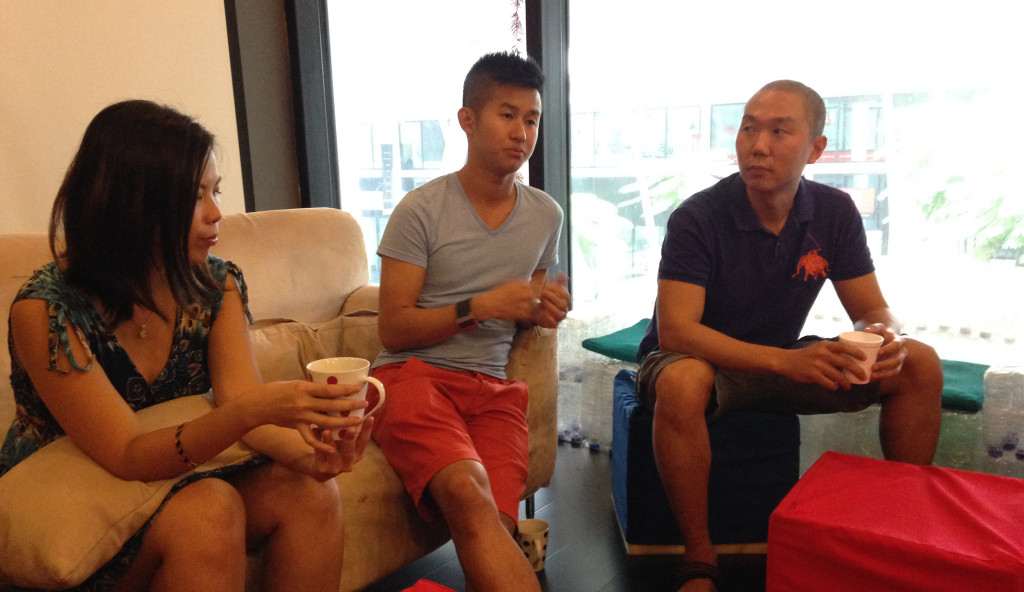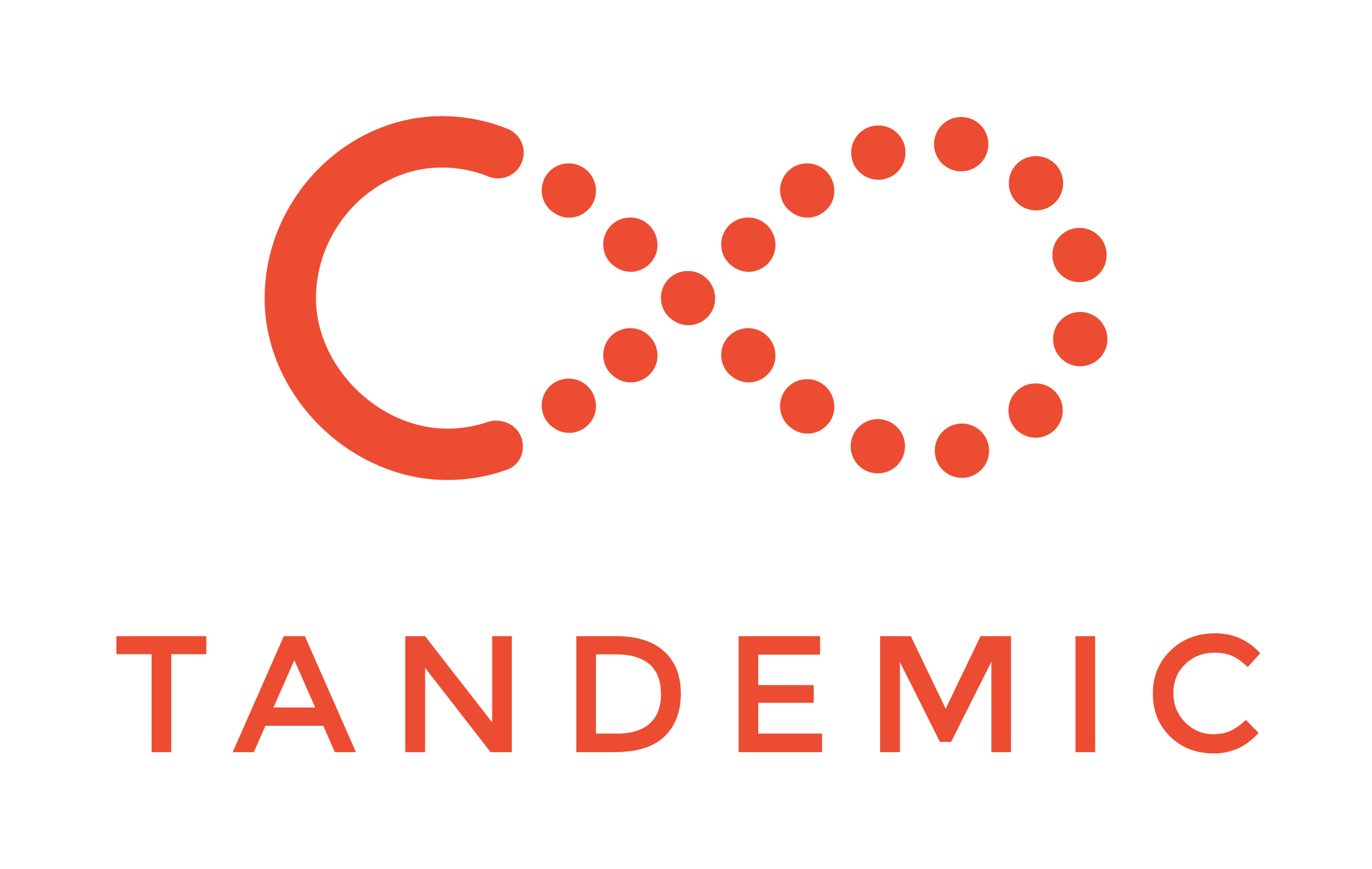By Kal Joffres
“I always tell people that what Malaysia needs is a brand new narrative. There is a lot of cynicism and skepticism. We need to create a new movement to overwrite the current story that’s being told.” — Ehon Chan

Grace Sai, Ehon Chan, and Harvey Koh
Not many Malaysians know who Ehon Chan is but his message has special resonance with many looking to create social change locally. As co-founder of Hub Sydney, Ehon is building this kind of movement in Australia. He is also a Kuching-ite.
Ehon was one of three panelists — all prominent Malaysians creating social change around the world — who shared their experiences at Makespace on January 1st. The panel included Ehon, Grace Sai, founder of Hub Singapore, and Harvey Koh, Director at Monitor Inclusive Markets India and former head of Investment & Performance at the Private Equity Foundation.
There were three themes that emerged from the discussion: (i) working with government in powering social innovation, (ii) building a community of changemakers, and (iii) the tribulations of being a social entrepreneur. In the first of a two-part article, I’ll be covering the role of government in social innovation and how social entrepreneurs can successfully work with government.
While many Malaysian social entrepreneurs are looking to government for some form of legal recognition or acknowledgement for social enterprise, the situation is entirely different in India where trust in government institutions is low. Harvey says:
“We’re always very wary of government coming in and wanting to do social innovation because it can be quite ham-fisted. It tries to do too many things, being all things to all people. People are against the government creating laws for social enterprise because that gives them power and allows them to define it.”
Grace, who is based in Singapore, says the appropriate role for government is to come in at the “beginning” to help initiate a project and the “end” to scale it up. In the middle, when social sector players are focused on executing and experimenting, they need to be free of undue influence:
“In Singapore and Malaysia there is too much money going after too few entrepreneurs. What government does have is infrastructure and funding. What they don’t have is ideas and community — and they can’t do ideas and community. It’s sexy to be involved in this movement but Intermediaries get stuff done. At the Hub, we have clear KPIs but they leave as alone to do it. They come in at the end to help us scale with deep pockets, distribution, and networks of big companies.”
Working with government is a long but often necessary road and there are ways to make it work. Harvey recounts that when he first started working on low-income housing project, it was attractive because it could be done working solely with the private sector.
“We thought the private sector meant that you could stay away from government.” – Harvey Koh
After four years, his team realised that it had to engage government because the project dealt with land policy and financing of loans. They took the project to government and demonstrated there were ways to increase the availability of low-cost housing without spending additional money, specifically by streamlining the approval process. Harvey says they had to demonstrate some kind of traction for their solution or the government would not have paid attention. In speaking with government, it was also critical not just to understand their own solution but how it fit into or compared with other social sector solutions.
“I don’t think we could have gone to the government in the beginning and said ‘Here’s an interesting idea.’ We had to get to a point where people were building 20-30k units a year… Government says: ‘We have 350 million people who need housing. What portion of that problem can you solve?’ We only know our solution. We need to look at it from their perspective.”
Showing traction and looking at the broader context of the challenge wasn’t all it took. Harvey says that you have to build a coalition of willing supporters in government by pitching to many people and identifying those who are interested in pushing your change forward. The minority that buy in are also the believers who will help broker connections to key areas in government you may need to succeed.
Ehon likes to bring government officials down to the ground to get in touch with entrepreneurs. The fact Australia is a much less populous country than India probably plays an important role in making this possible.
“Sometimes we have to talk to 100 people in government to find the right person who can be the champion. The first thing we try to do is get policy makers to come to the Hub to work along entrepreneurs and social entrepreneurs to understand their pain points at scaling, getting to prototype, or any stage of turning their idea into action.”
The City of Melbourne Grants Department works at the Hub Melbourne one day a week to identify projects. Last year, seven of the 12 projects they funded were housed at the Hub.
Working with government is not without its perils. Ehon says government and corporations use their financial position to gain power in the sector, not always consciously. The way that government sets funding priorities and mechanisms can create big shifts in how social organisations behave. Harvey says those shifts can be hard to detect without getting out of the office because prospective beneficiaries will tell funders what they want to hear:
“Power has the ability to distort relationships of support. If you’re working with a small enterprise and you’re speaking with a tone of government, that might not be the most helpful. You want them to be honest to get helpful.”
For Malaysia, Harvey’s outlook on social entrepreneurs working with government is positive. The session was attended by staff from several government agencies, including SME Corp and the the National Innovation Agency (AIM), who came during their New Year holiday.
“It’s so refreshing to come into a conversation where there are people from government who are trying to create some change to create something powerful.”
In all the attendees who dragged themselves to Makespace on New Year’s day, Ehon saw the core of the movement to overwrite what he spoke of as the dominant narrative of skepticism.
“You guys are creating a brand new generation, norm, and culture. They wont be just thinking about money but they’ll be thinking from the point of values. I am so humbled that there is a group of Malaysians who are creating this brand new narrative that Malaysia needs.”
This is the first part in a two-part series on the Makespace sharing session with Grace Sai, Harvey Koh, and Ehon Chan. The next post will cover lessons on community building and the tribulations of being a social entrepreneur.

